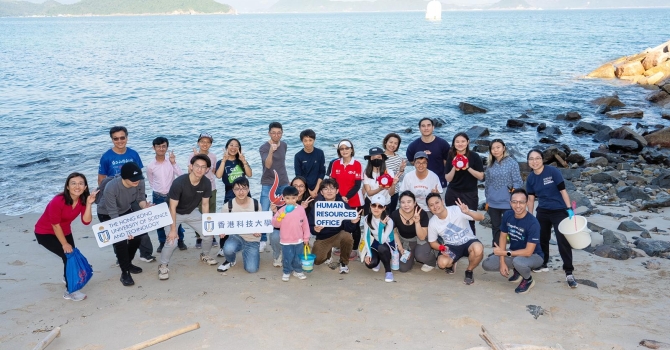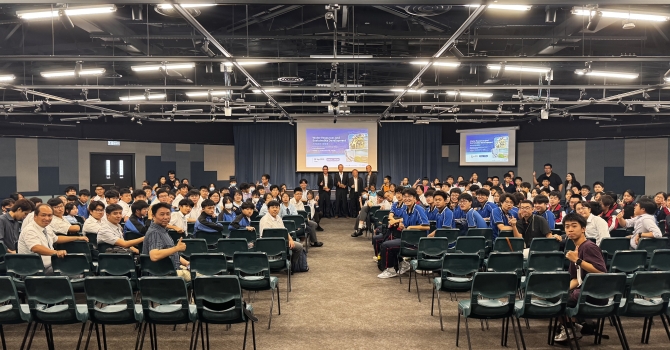Applying Psychological Interventions for a more Sustainable Campus
In the “Psychology of Environmental Sustainability” course designed by Prof Kevin Tam (SOSC), students from a variety of backgrounds worked in groups to address real-world sustainability issues on campus. Starting with applied psychological concepts, they designed and implemented ideas to promote environmental behaviors such as promoting reusable coffee mugs, encouraging the use of stairs, and increasing glass recycling rates. Students developed these projects in collaboration with the Coffee Shop caterer, Facilities Management Office, and the Sustainability Unit.
Encouraging people to use stairs instead of elevators
To encourage people to take stairs near Lift 17/18, the first group of students conducted surveys and used the findings to design star-shaped red stickers around the lift buttons to discourage pressing of buttons (the color red, they found, was associated with avoidant behavior, and the star shape was the least favorable). This simple intervention decreased the use of the elevators by 4%. After a one-week control period, they put a floor sticker in the 1/F lift lobby with a simple tree image and arrow pointing to the staircase (the image based on the conclusion that 74% of survey respondents said environmental concern was their greatest motivation for using the stairs). On average, the floor sticker installation increased stairs usage by 14.5%. With the use of people-counting sensors, students analyzed the data of stairs usage during different time periods to confirm the results.
Did you notice that the stairs near Lift 25/26 were also beautified with rainbow colors? A second group of students aimed to encourage those who used the lift traveling 1-2 floors to choose stairs instead. They put colorful stair-riser stickers from 1/F to 4/F with encouraging messages and icons telling how much calories were saved, along with health benefits by taking the stairs. They also put banners around the lift doors and staircase entrance to invite people to walk up the stairs. Out of three time periods on school days, two of them showed a drop in usage of lift for traveling 1-2 floors (50% to 24%, 39% to 22%). Their surveys showed that over 70% of people were aware of these materials, and 37% claimed that they used the stairs because of these installations. More than one third suggested they would take the stairs more frequently from now on. Most people were attracted by the messages follow by colors. Why not coloring the other stairs around our campus with these rainbows and positive messages?
Promoting the use of reusable mugs at the Coffee Shop
In the academic building, a recent waste audit revealed that food-related materials and containers are the second largest category of waste. Because of this, another group of students hoped to promote the use of reusable mugs for customers at the Coffee Shop. They adopted a reminder sticker for disposable cup covers, and a loyalty card program for giving a half-priced coffee after the seventh time of bringing a mug. There was an increasing trend of usage of reusable mugs after introducing these two measures in separate weeks, with the highest effectiveness in the last week when both measures were adopted (6.2% usage compared to 4.8% before interventions). Survey results showed that more people were aware of the cup stickers than the loyalty card program. Over half of the respondents said that those promotions were effective and over 60% were likely or very likely to start using reusable mugs in the future. We believed that a longer period for implementation would show a more significant impact as customers preferred instant discounts for drinks over collecting stamps.
Increasing glass recycling in staff quarters
The glass recycling program has been implemented on our campus for over 2 years now. The bins were introduced in all the staff quarters last summer but some towers have lower recycling rates than others. The last group of students chose Tower 17 & 19 to test their interventions with the goal of increasing glass recycling. They applied descriptive norms on a leaflet giving to each household to show perceptions that recycling behavior is common at UST. They also put eye-catching posters as prompts in lift lobbies to promote the program. The recycling rate was 12% higher than other control towers after the posters were introduced, but unfortunately that rate was not sustained over time. The group believed that identifying the decision makers for glass recycling is key for targeting their interventions. Think about who is now in charge at your home to do recycling?
All the findings from these group studies were insightful and increased our understanding of our behaviors and how we can better design the future sustainability campaigns and initiatives to engage our community members. Though you may not be aware that you took part of these studies, thank you for all your participation!
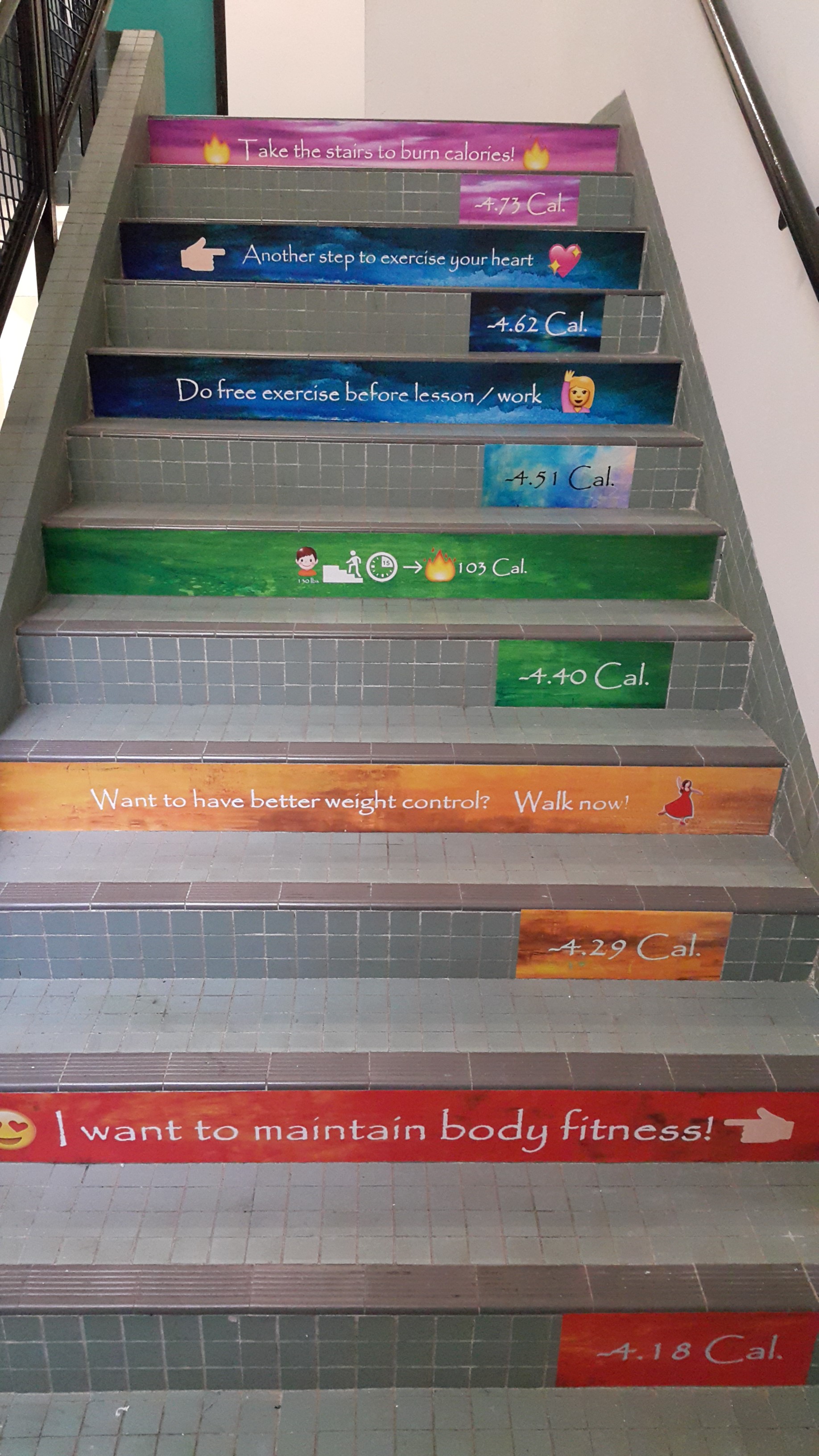
Students put colorful stair-riser stickers with encouraging messages telling how much calories were saved along with health benefits by taking the stairs
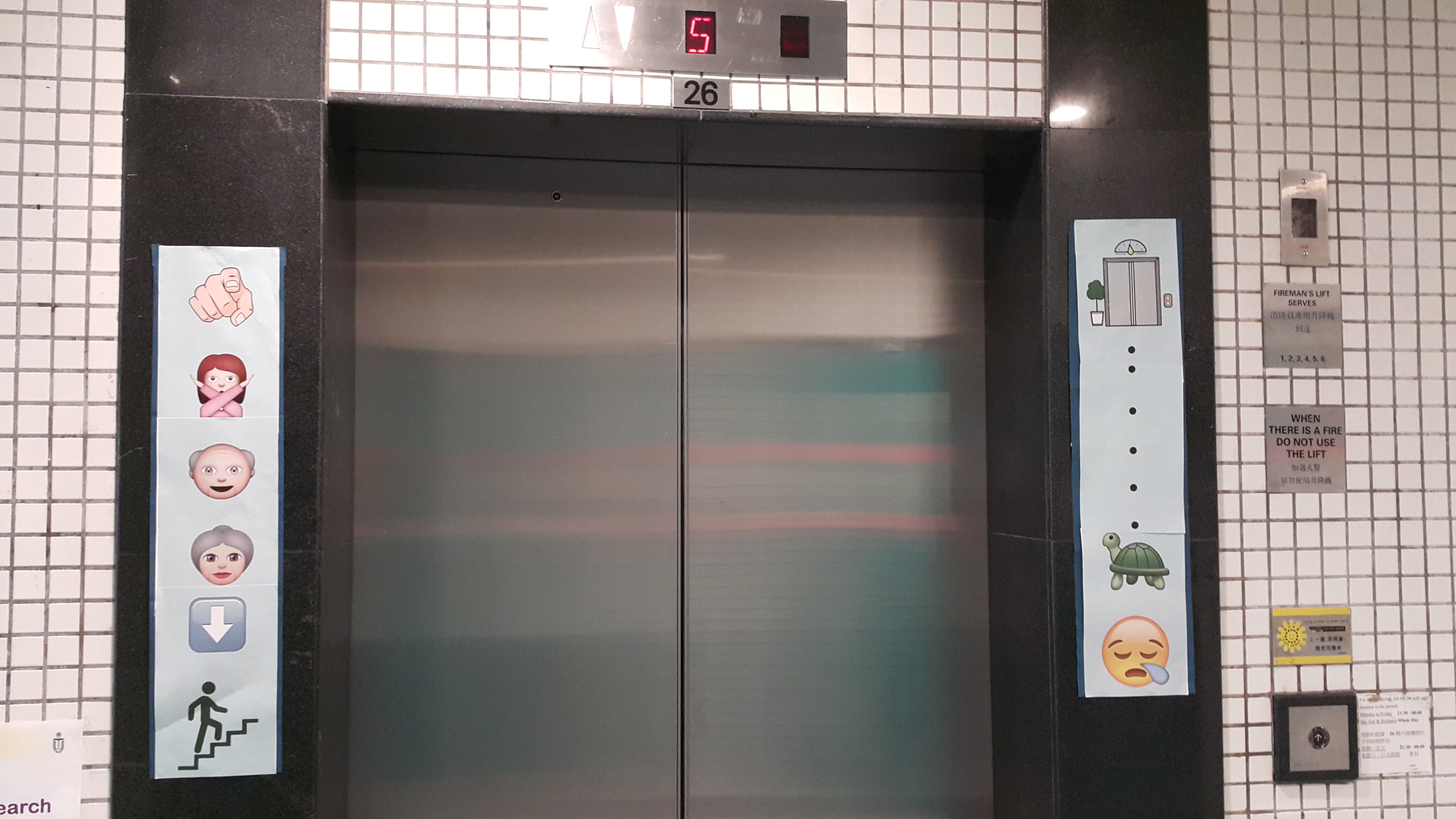
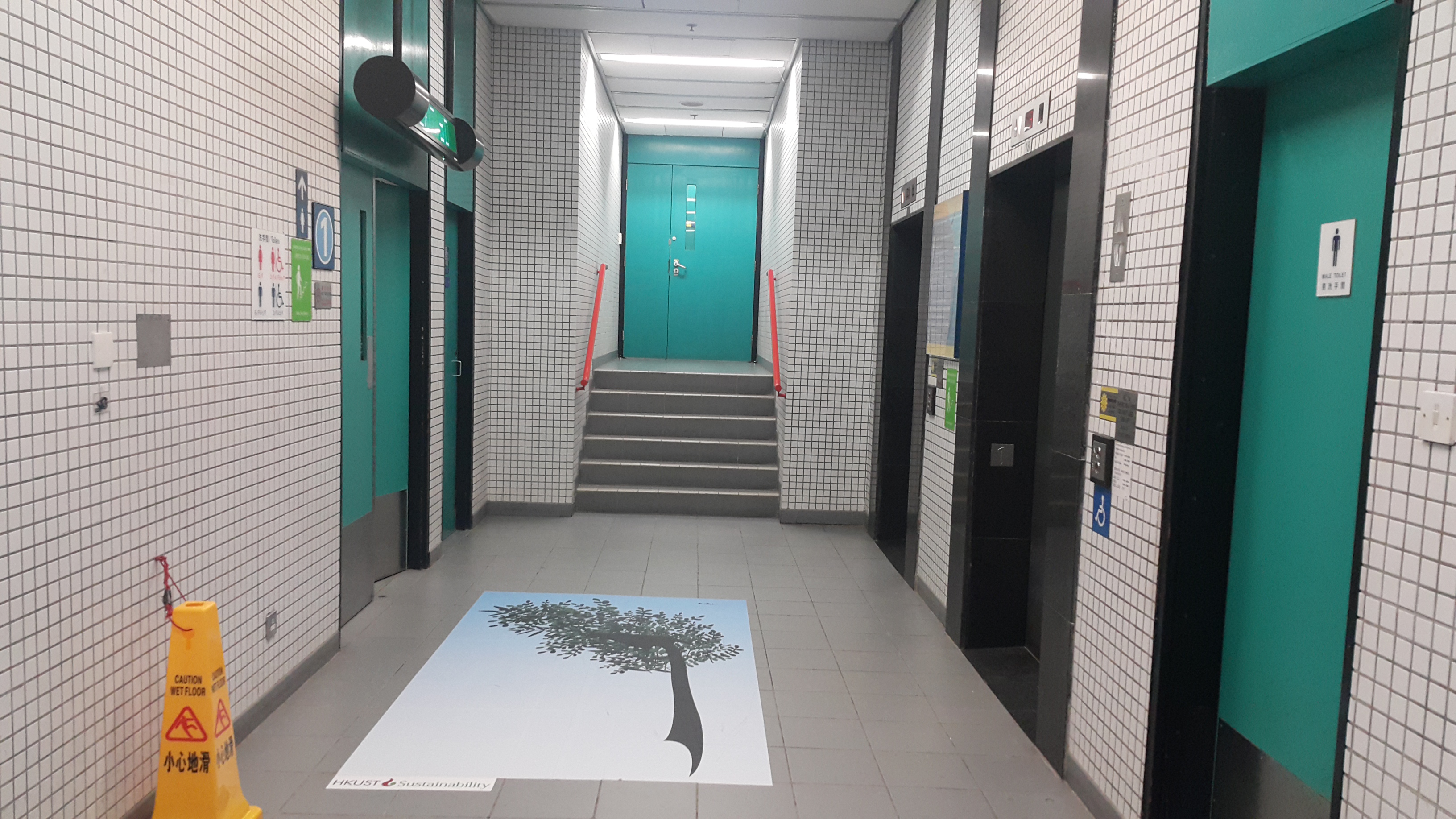
Floor sticker with a simple tree image and arrow pointing to the staircase

From survey findings, star-shaped red stickers around the lift buttons were designed to discourage pressing of buttons
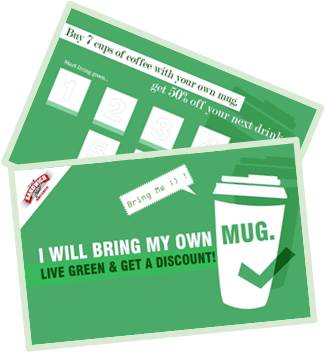
A loyalty card program was giving a half-priced coffee after the seventh time of bringing a mug.
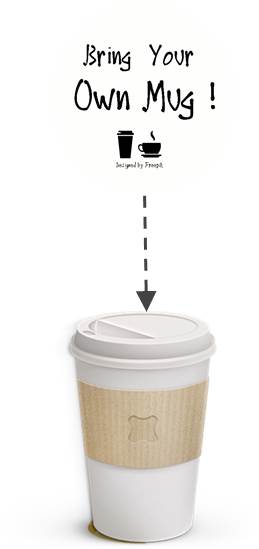
Students adopted a reminder sticker for disposable cup covers.
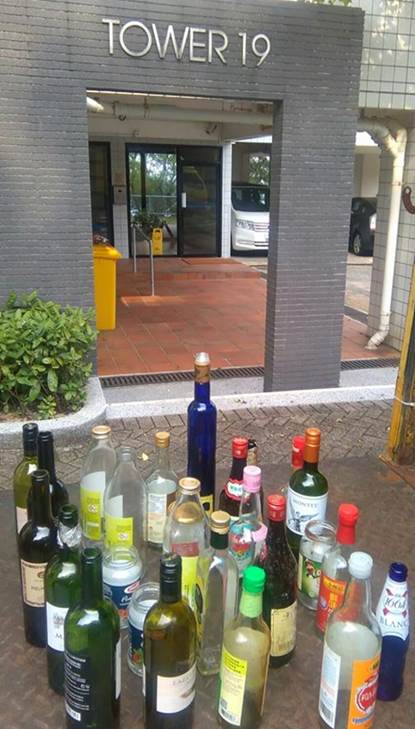
Glass recycling rate was 12% higher than other control towers after the posters were introduced.
